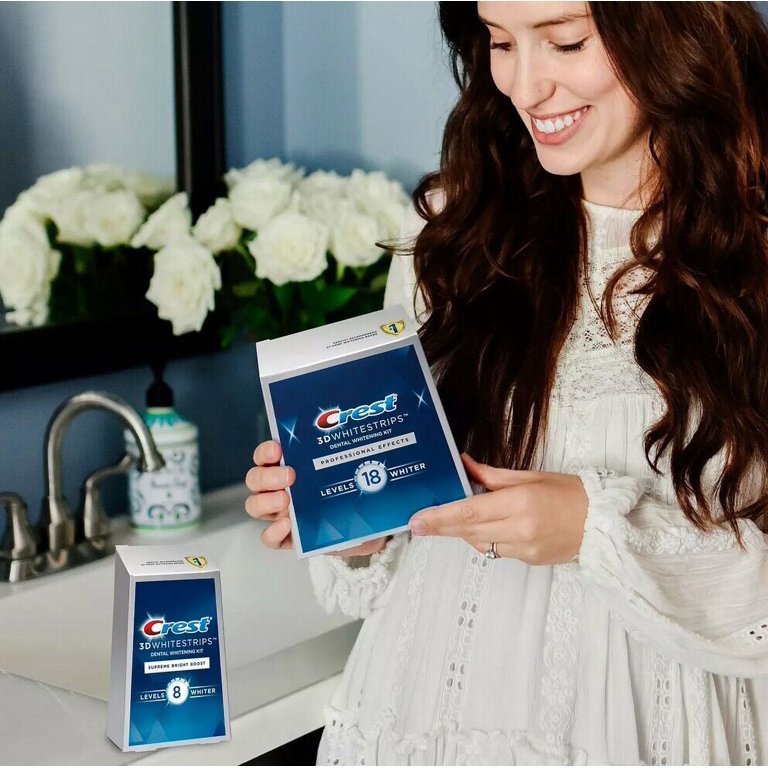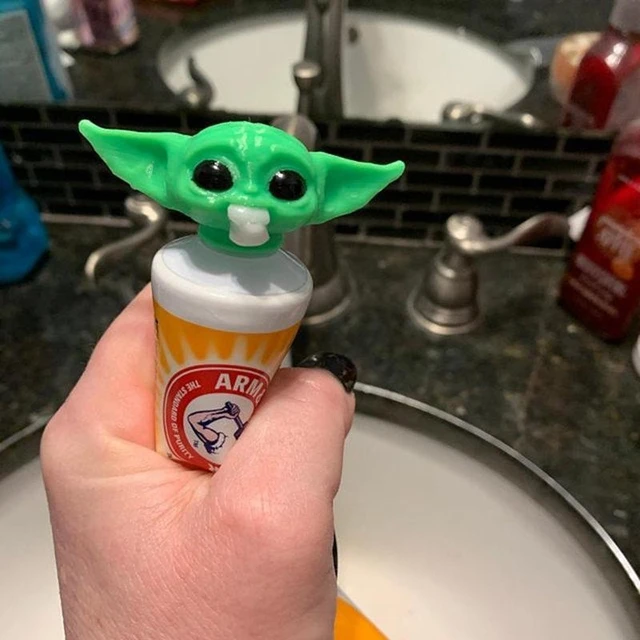
Revolutionizing Oral Care: Insightful Toothpaste Ad Analysis
Introduction to Colgate’s Market Presence
Colgate stands as a giant in the oral care sector. Its toothpaste brand is globally recognized. Originating over a century ago, its products reach almost every corner of the world. The brand’s strength lies in its consistency and adaptability. With a strategy that combines tradition with innovation, Colgate maintains high visibility. This success stems from strategic advertising and a strong distribution network. A presence in over 200 countries bolsters Colgate’s market dominance.Explore our in-depth analysis of toothpaste advertisement and discover how they’re shaping the future of oral care. Learn more today!
The company boasts a broad variety of oral hygiene products. Their portfolio ranges from toothpaste and toothbrushes to mouthwashes and dental floss. Multiple marketing initiatives have reinforced Colgate’s market presence. They include global programs, influencer partnerships, and targeted campaigns. These strategies ensure that Colgate remains top-of-mind for consumers. Their influence extends beyond products to health education and advocacy. As a result, Colgate continues to solidify its role as a household name in oral care.
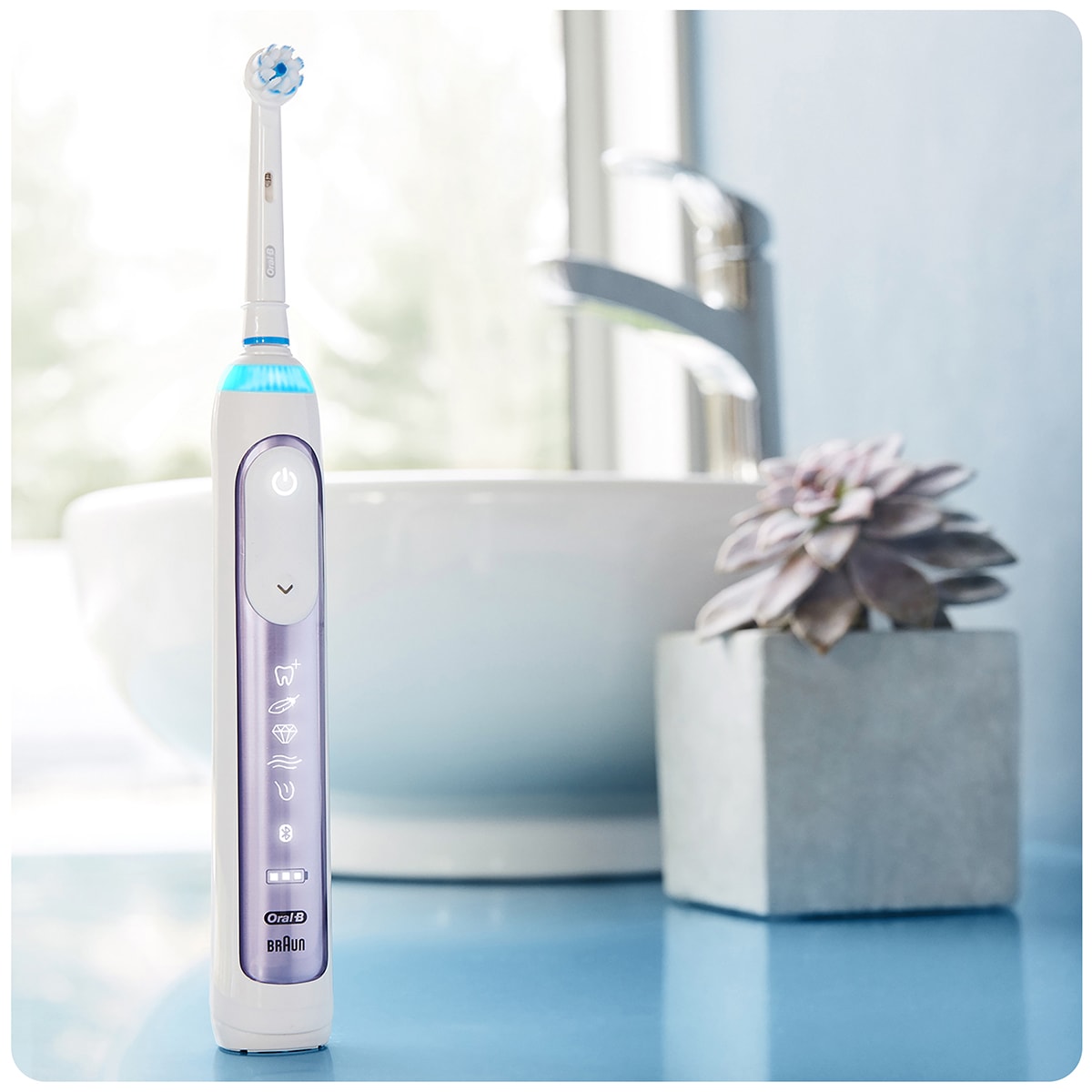
Overview of Colgate’s Brand and Product Range
Colgate, an American icon in oral hygiene, offers a diverse product range. Known for toothpaste, it also sells toothbrushes, dental floss, and mouthwashes. Founded by William Colgate, it began with soap before venturing into oral care. A subsidiary of Colgate-Palmolive, the brand has thrived for over a century. Colgate’s products can be found globally, boasting a remarkable brand worth of approximately $62 billion. It garners significant revenue, rounding up to $15.69 billion as reported by Forbes.
The brand’s market penetration is impressive, reaching nearly half the households worldwide. With an annual addition of 40 million new consumers, its expansion is continuous. Colgate’s presence is not just about widespread availability. It also involves consistent innovation to meet ever-changing consumer needs. The commitment to technology and quality of life is evident.
Colgate’s status as a household name doesn’t come from toothpaste alone. Its commoditization is remarkable; wherever you go, you’re likely to find their products. This not only speaks of its vast distribution network. It also talks about a deep-seated trust in the brand. Colgate’s contribution to Colgate-Palmolive is substantial, accounting for nearly half of its total sales.
SWOT Analysis of Colgate
A SWOT Analysis offers a comprehensive look at a company’s current position. It examines internal and external factors that can impact success.
Colgate’s Strengths
Colgate’s strengths lie in its high brand recall and wide consumer base. Its efficient supply chain ensures product availability worldwide. Colgate’s diverse product line spans various oral care categories. This diversity helps the brand cater to a broad audience. The company’s financial stability is strong, with a history of solid performance. Moreover, the brand holds a sizeable market share, demonstrating its competitive stance.
Colgate’s Weaknesses
Despite its successes, Colgate faces challenges. The oral care market is highly saturated, limiting growth opportunities. The brand also deals with the high costs of operation. These costs could lead to pricing pressure as competition intensifies. Additionally, Colgate’s focus on oral care could limit its potential to diversify. This specialization may restrict its market appeal compared to more diverse competitors.
Colgate’s Opportunities
Looking forward, Colgate has prospects for expansion. Extending its product line could lead to new sales opportunities. The potential for mergers and acquisitions also exists, offering a chance to consolidate its market presence. Developing markets, particularly rural areas, present untapped potential for growth. Finally, promoting proper product usage can help increase market penetration.
Colgate’s Threats
Colgate must navigate a landscape filled with threats. Intense competition could erode its market position. Rising raw material prices may affect product pricing, pressuring profits. A high frequency of brand switching poses a challenge to customer loyalty. Moreover, ethical concerns, such as animal testing and materials safety, could harm the brand’s image.
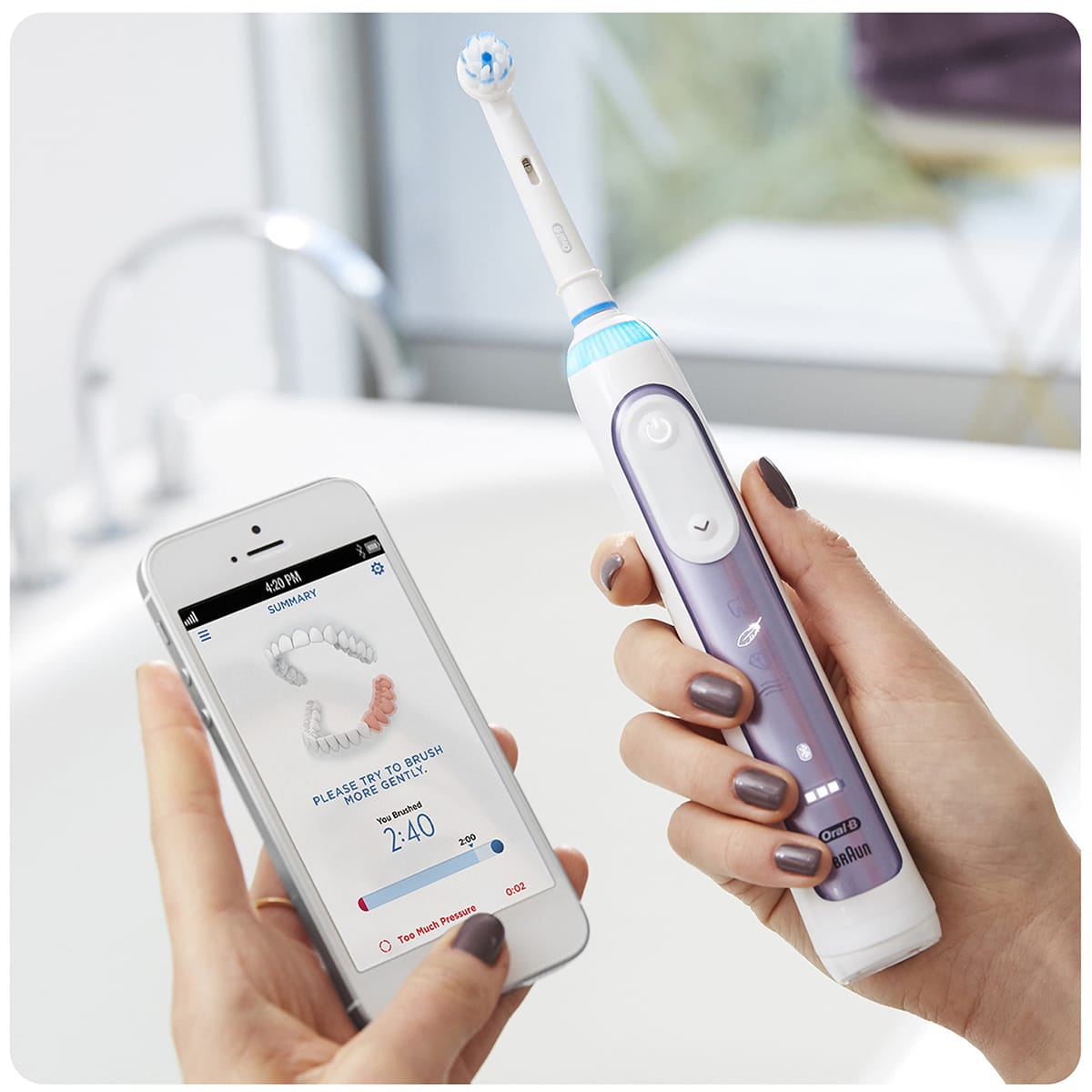
Colgate’s Advertising Philosophy and Strategies
Colgate’s advertising is rooted in a strong philosophy. The company seeks to blend educational messages with engaging content. Their ads often focus on promoting oral health as a key part of overall wellness. It’s not only about selling toothpaste; it’s about instilling the importance of a healthy smile. With clever marketing, Colgate creates memorable campaigns. This leaves a lasting impression on the consumer’s mind.
Key to their strategy is consistency. Colgate ensures messaging is clear across all platforms. They leverage a variety of media to broadcast their message. From TV commercials to social media posts, each ad reinforces the brand’s core values. Global reach is critical. Colgate taps into diverse markets with culturally relevant campaigns. They understand that different regions require tailored approaches.
The brand also focuses on added value. This means going beyond the product. Through educational initiatives, Colgate adds depth to its brand image. Programs like ‘Bright Smiles, Bright Future’ advocate for better oral health globally. Such efforts position Colgate as more than just a toothpaste seller; they’re a provider of smiles.
Moreover, Colgate believes in staying ahead of the curve. They are quick to adopt new technologies and strategies. This includes using data and insights to refine and target their ads more effectively. For example, employing analytics can help understand customer behavior. They then tailor messages to fit consumer needs.
As the market becomes more competitive, innovation in advertising is key. Finding fresh, appealing ways to engage customers can make the difference. Colgate consistently brings creativity to the table. This ensures their toothpaste advertisement campaigns remain effective and relevant. Creating strong connections with consumers is paramount. Colgate knows this well, and their strategies reflect it.
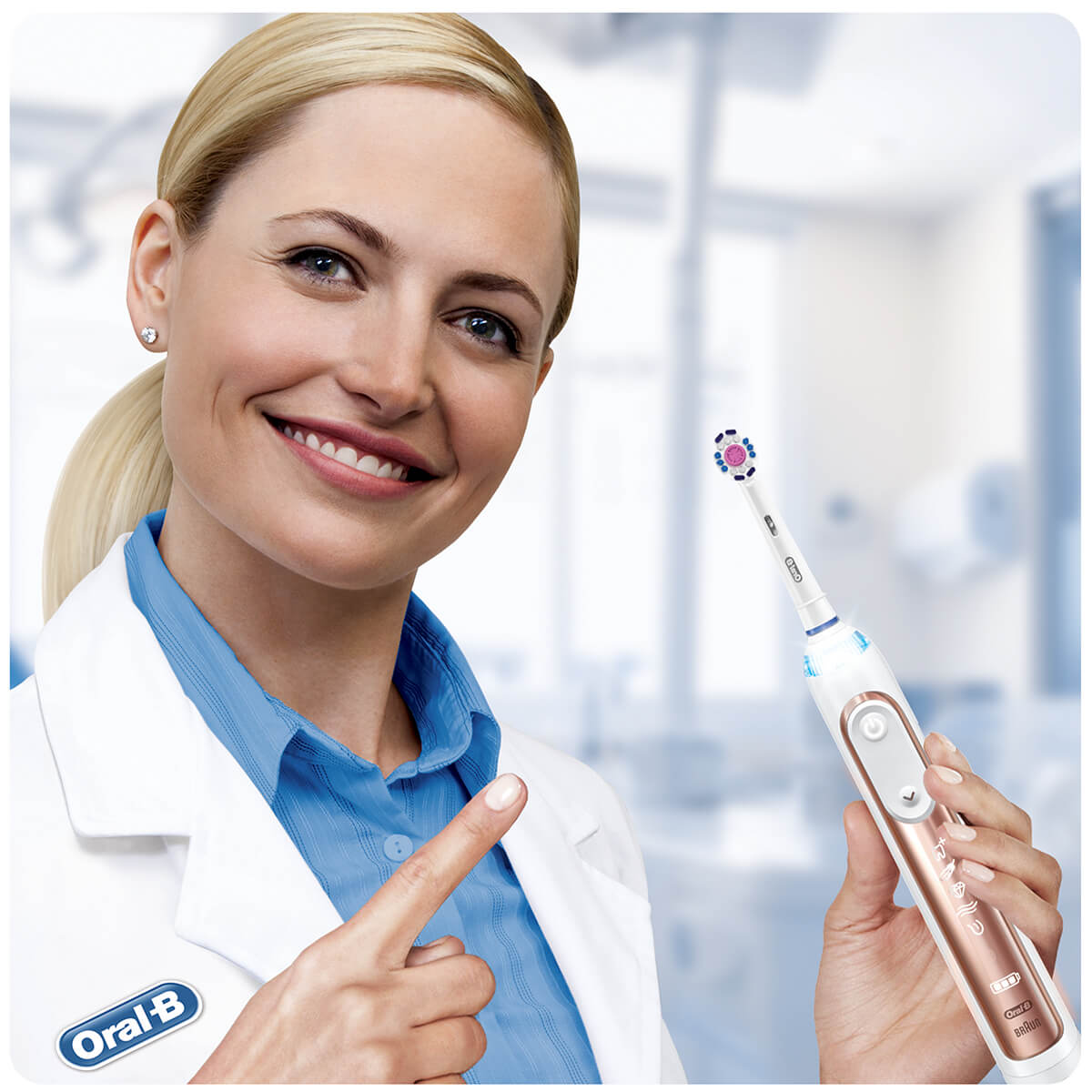
Colgate’s Global Programs and Advocacy
Colgate excels in pairing product promotion with advocacy and global outreach. The ‘Bright Smiles, Bright Future’ program exemplifies this. It aims to teach children worldwide about oral health. Free dental screenings and education are key aspects of the initiative. Since its launch, the program has reached over a billion kids in 80 countries.
This global outreach reinforces Colgate’s image as more than a toothpaste brand. It shows a commitment to improving health and spreading smiles globally. Engagements like these boost Colgate’s reputation and extend its market presence.
Furthermore, Colgate takes on environmental and health challenges. For instance, they endorse the #SafeHands movement by WHO. They donated millions of soap bars during the Covid-19 pandemic. Such acts of corporate responsibility solidify consumer trust and brand loyalty.
These global programs show Colgate’s mission is to do good. They aim to create lasting change, not just sell toothpaste. In doing so, they build a brand synonymous with care and community. Every campaign they participate in is a chance to educate and influence positive habits.
In summary, Colgate uses advocacy as a powerful tool. It positions the brand as a leader, not only in sales but in social impact. The message is clear – Colgate cares for global well-being, beyond just bright smiles.
Influencer Partnerships and Social Media Influence
Partnering with influencers is a smart move in modern advertising. It leverages the trust and reach influencers have. Colgate often collaborates with well-known names and experts in oral care. They help spread the brand’s messages effectively.
Dentists as Trusted Advocates
Dentists have credibility. People trust them for advice on oral health. When these professionals endorse Colgate, it boosts consumer confidence. It also helps in communicating the benefits of the products accurately.
Celebrities and Sports Figures
Celebrities attract attention. They connect with diverse audiences. Colgate uses these well-known personalities to relate to consumers on a personal level. Stars like Michael Phelps have joined Colgate’s mission. They share values, like water conservation or healthy living. This draws fans in and aligns the brand with positive lifestyles.
Social Media and Brand Presence
The rise of social media has changed how brands interact with customers. Colgate maintains accounts on major platforms like Facebook, Instagram, and Twitter. They engage with users by sharing tips and experiences. This builds a community around the brand. It’s not just about promoting products. It’s also about creating a dialogue and empowering consumers.
Youtube and The Smile Show
Youtube is a hub for the younger audience. Here, Colgate launched The Smile Show. Working with popular YouTubers, they showcased their products. The show had a fun approach and sparked conversations online. It delivered impressive results. A 13% increase in brand awareness and a significant rise in sales followed.
Influencer Content Creation
By collaborating with influencers, Colgate gets authentic content. These influencers create tutorials, reviews, and share personal oral care stories. Their content feels relatable to their followers. This strategy helps Colgate reach people in a more genuine way.
To sum up, Colgate’s use of influencers has been successful. They’ve strengthened their social media influence. They’ve also expanded their reach to new, tech-savvy audiences. This has been vital for maintaining their position as industry leaders in oral care.
Breakthrough Marketing Campaigns
Colgate’s marketing campaigns have left a lasting impression on consumers. Through clever and thoughtful strategies, the brand has promoted more than toothpaste; it has shared a vision of a healthy lifestyle.
The ‘Bright Smiles, Bright Future’ Initiative
The ‘Bright Smiles, Bright Future’ program is a stand-out example of Colgate’s commitment to global health. This initiative provides free dental screenings and education to children around the world. Colgate reaches into communities, transforming dental care into a fun learning experience. The initiative has touched over a billion children in many countries, becoming a core pillar in Colgate’s marketing efforts.
Humorous and Creative Ad Campaigns
Colgate has also used humor and creativity to stand out in a crowded market. By crafting campaigns that make people laugh and think, Colgate brings attention to the importance of dental care. Clever advertisements often show that neglecting oral health has more impact than visible flaws. This strategy not only entertains but also embeds the brand in consumers’ minds. It’s a blend of fun and functionality that wins customer hearts and keeps Colgate relevant in their daily lives.
Colgate’s marketing efforts go beyond conventional advertising. They spark conversations about health and wellness, educate the public, and strengthen the brand’s social responsibility. These campaigns have been instrumental in making Colgate a household name while emphasizing the value of bright smiles and future health.

Effective Targeting: The Maha Kumbh Mela Campaign
A smart marketing move, Colgate’s Maha Kumbh Mela campaign showcased the brand’s ability to effectively target a massive audience. This Hindu festival in India draws millions of pilgrims. Colgate saw this as an opportunity to introduce their products to potential new customers. They tailored a voice-based advertising campaign recognizing the low literacy rates in the area. The strategy involved radiating voice messages to visitors’ phones as they entered the event’s vicinity. This personal touch resonated with the crowd, prompting them to visit Colgate booths.
The Maha Kumbh Mela campaign was innovative for several reasons. It used location-based targeting through cell towers, creating a virtual perimeter around the festival grounds. Upon entering the circle, attendees received a call. This call wasn’t from any marketer; it was from Amin Sayani, a name widely revered in India, reinforcing trust and recognition. The message encouraged them to collect free Colgate samples, adding to the festival experience.
This initiative not only increased Colgate’s visibility but also reinforced its image as a brand deeply connected to cultural values and social moments. It proved that with the right strategy, toothpaste advertisement can become a part of a larger narrative, touching lives at significant events. Colgate’s effective targeting during Maha Kumbh Mela left an enduring impact, demonstrating how a brand can creatively engage with a vast audience and gain loyalty.
Key Takeaways for Successful Brand Advertising
Colgate’s advertising success offers valuable insights for brands aiming to excel. To create a successful brand advertising strategy, consider the following key points:
- Advocacy as a Core Element: Brands can go beyond just selling products. Aligning with a cause like Colgate’s ‘Bright Smiles, Bright Future’ program creates deep connections. It shows a commitment to global well-being.
- Use Influencers Wisely: Trusted voices amplify your message. Dentists, celebrities, and social media personalities can boost credibility and relate to different audiences.
- Embrace Social Media: Interaction on platforms like Facebook, Instagram, and Twitter engages customers. Creating a community around the brand turns followers into advocates.
- Innovative Campaigns Grab Attention: Whether it’s humor or creativity, stand-out campaigns get noticed. Make sure they also carry a message that reflects the brand’s values.
- Target Effectively: Understand your audience and the context. Like the Maha Kumbh Mela campaign, use innovative methods and technologies to reach and resonate with new customers.
- Educate with Your Ads: Don’t just sell; teach. Use your advertisements to inform customers. It can be about product use or broader health topics.
- Stay Consistent: Your brand’s message should be clear across all mediums. Consistency ensures that your brand is easily recognizable and memorable.
- Monitor Market Trends: Stay up-to-date with shifts in consumer behavior. Use insights to adapt your strategies and keep your brand relevant.
By applying these takeaways, brands can craft advertising that not only promotes products but also builds a lasting impact on consumers and society.

